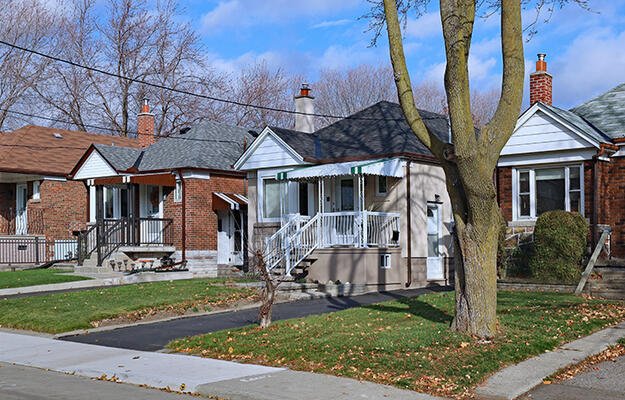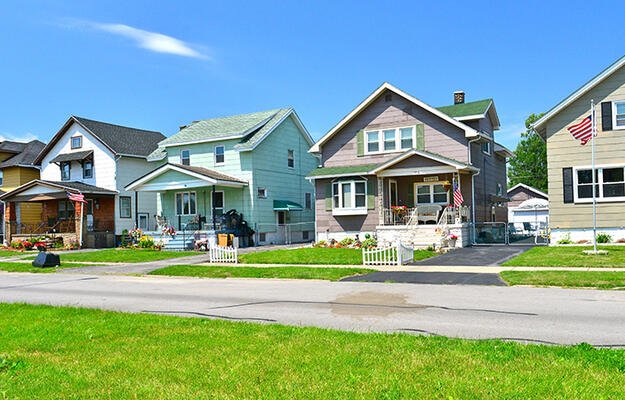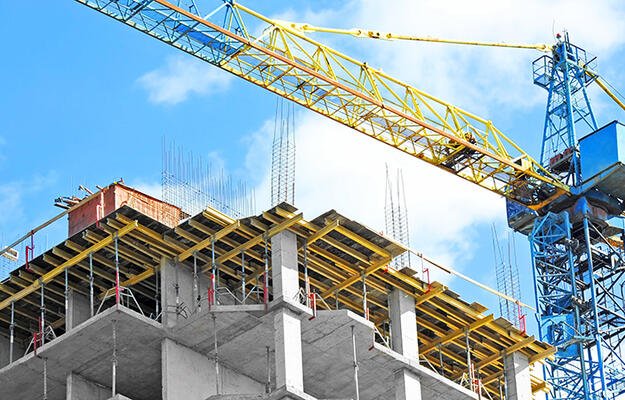
Improving Economic Outcomes for Residents in Mixed-Income Developments
By Archana Pyati
In theory, mixed-income communities offer low-income residents a chance to move up the socioeconomic ladder, complete a high school and/or college degree, and lead healthier lives. The reality, however, is mixed. “What we have found are some softer benefits, like an improved sense of safety, well-being, and a greater sense of stability . . . but [what] we do not find really is economic opportunity,” says Aaron Seybert, social investment officer at the Kresge Foundation.
Seybert shared his views at the recent Housing Opportunity 2016 conference panel that focused on how to create mixed-income communities that give low-income residents access to high-quality housing, schools, job opportunities, retail, transit, and other amenities—and whether the communities are actually living up to their high aspirations. An extensive review of the research on mixed-income communities demonstrates that helping individuals overcome poverty requires more than a lower-poverty neighborhood.
“It has become clear to me that our current strategies are inadequate,” Seybert said. “We all know how to crank out boxes, make units, and create affordable housing. We may have . . . improved the quality of affordable housing, [but] what we don’t have is a great story connecting that production [of units] with true outcomes for low-income people.”
What is needed, he argued, is a greater emphasis on outcomes-based assessment of whether moving to high-opportunity neighborhoods and living close to people from a variety of incomes and backgrounds lead to substantially better lives, measured by real economic gains, greater educational attainment, and improved health. As the Kresge Foundation continues to invest its capital into projects with the highest potential to create economic opportunity for low-income people, Seybert said those who develop, invest in, and manage mixed-income communities must ask themselves: “For low-income people, did life get better . . . in a real, meaningful way?
Seybert’s comments were a reminder that the mission of mixed-income housing developers does not end when the last of the drywall goes up and the final floorboards are in place. The Kresge Foundation is exploring whether housing “provides the best platform for health outcomes, educational attainment, and so many things that are difficult to attack,” he said. Seybert put a challenge to the audience to find the “intersection of design, land use planning, and mixed income to unlock economic mobility” for those involved who stand to benefit the most.
Ingredients for Success
The Community Builders (TCB), one of the oldest developers of mixed-income communities in the United States, follows an outcome-oriented approach that strives to achieve the elusive goal of economic mobility for its lower-income residents. The Boston-based developer stays closely connected with residents and tracks their outcomes long after a project is complete. On its website, TCB conveys its impact through data as well as individual stories of residents. For example, TCB's workforce development programs increase the percent of their residents with earned income by 5 percent per year. These programs include a partnership between CVS Health and Plumley Village, a TCB community in Worcester, Massachusetts, which is providing vocational training and internships for residents.
Through its Community of Life program, TCB deals with the “non-bricks-and-mortar” side of mixed-income housing to ensure access to opportunity, according to panelist Beverly Bates, senior vice president of development at TCB. Community of Life has served 4,300 families in TCB communities through a variety of community engagement programs including workforce development, child care and after-school tutoring, voter education, and academic scholarships.
“We believe that mixed income is going to lead to the best possible outcome for the people who live in the community and for the people who live in the neighborhood . . . writ large,” she said.
During the site selection and building design process, TCB follows a set of principles it believes leads to better outcomes for residents, including:
- choosing a site that has inherent market strength or at least strong edge development;
- building enough density to reach strong edges and eliminate existing blight;
- designing to the market, not to a “public housing” standard;
- providing spaces for children, particularly those from lower-income families who are more likely to use them, and access to amenities for people of all income levels;
- selecting a site that is transit-oriented and close to job centers and community amenities; and
- avoiding an income “barbell” effect where residents at the highest and lowest ends of the income spectrum dominate a building with few people in the workforce housing tier.
Among the 14 mixed-income communities TCB has in its pipeline is the redevelopment of an 11.3-acre (4.6 ha) site in Chicago where the Harold Ickes Homes, a public housing high rise, once stood. The development will feature both low- and mid-rise buildings as well as townhouses; its 867 residential units will be distributed among studios as well as one-, two-, three-, and four-bedroom units. The smaller units will primarily serve market-rate-paying tenants, and the larger units will serve families receiving public assistance—many of whom are former residents of Harold Ickes Homes. There will be sufficient “checker-boarding,” or integration of units, so that residents of different income levels are more likely to interact with one another, Bates said.
While the proposed development has several elements that could open the door to economic mobility, the importance of the income mix may be less about social interaction with higher-income households and more about relieving the ongoing safety and security concerns that impede lower-income residents' economic progress.
Archana Pyati is a writer on the ULI Strategic Communications team. An earlier version of this article appeared in Urban Land Online.
Correction (6/21/16): A prior version of this article erroneously stated that the Kresge Foundation believes that housing provides the best platform for achieving a variety of outcomes, when in fact the Foundation is exploring that question.


